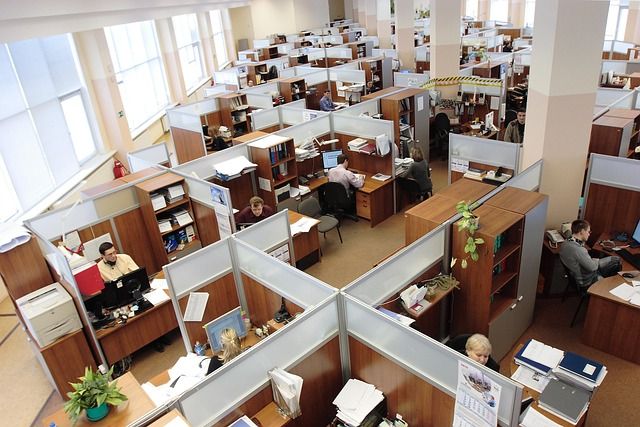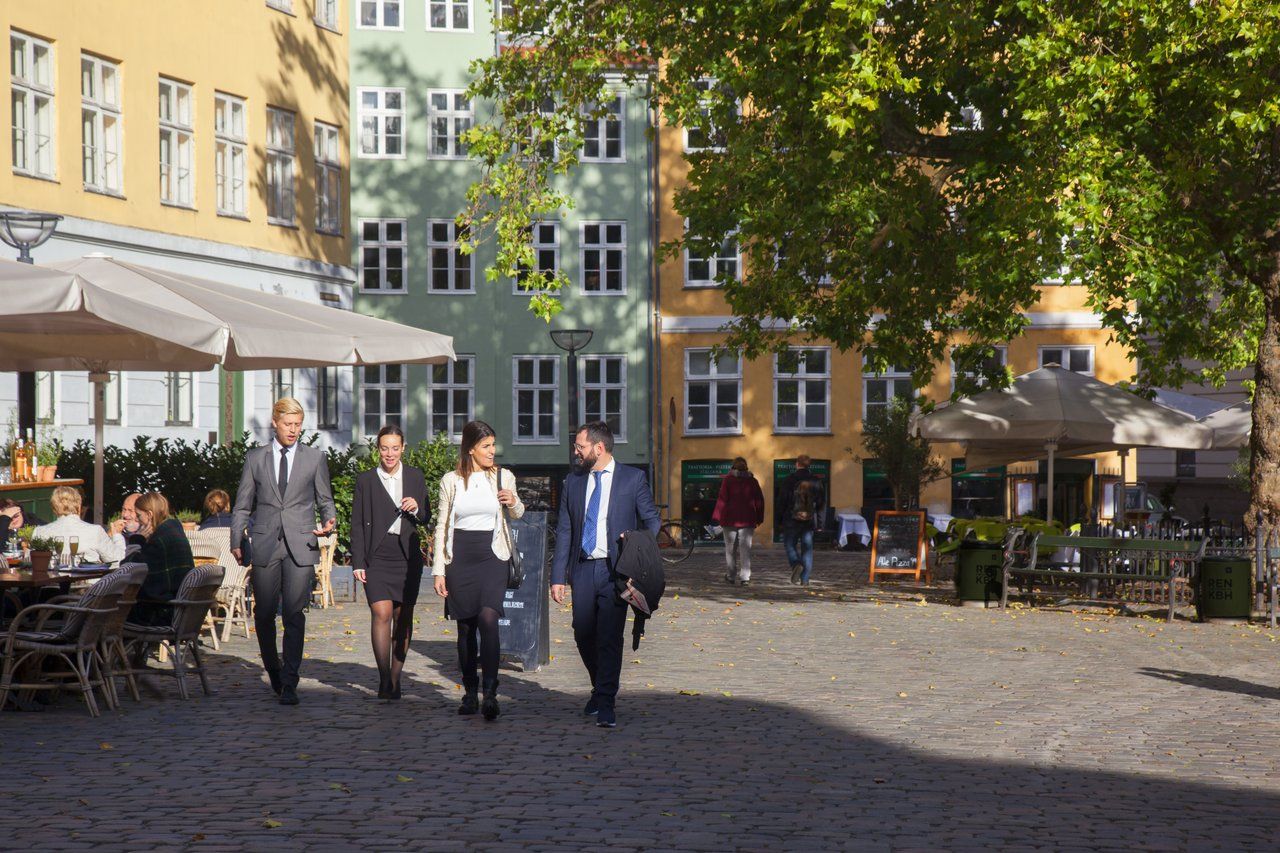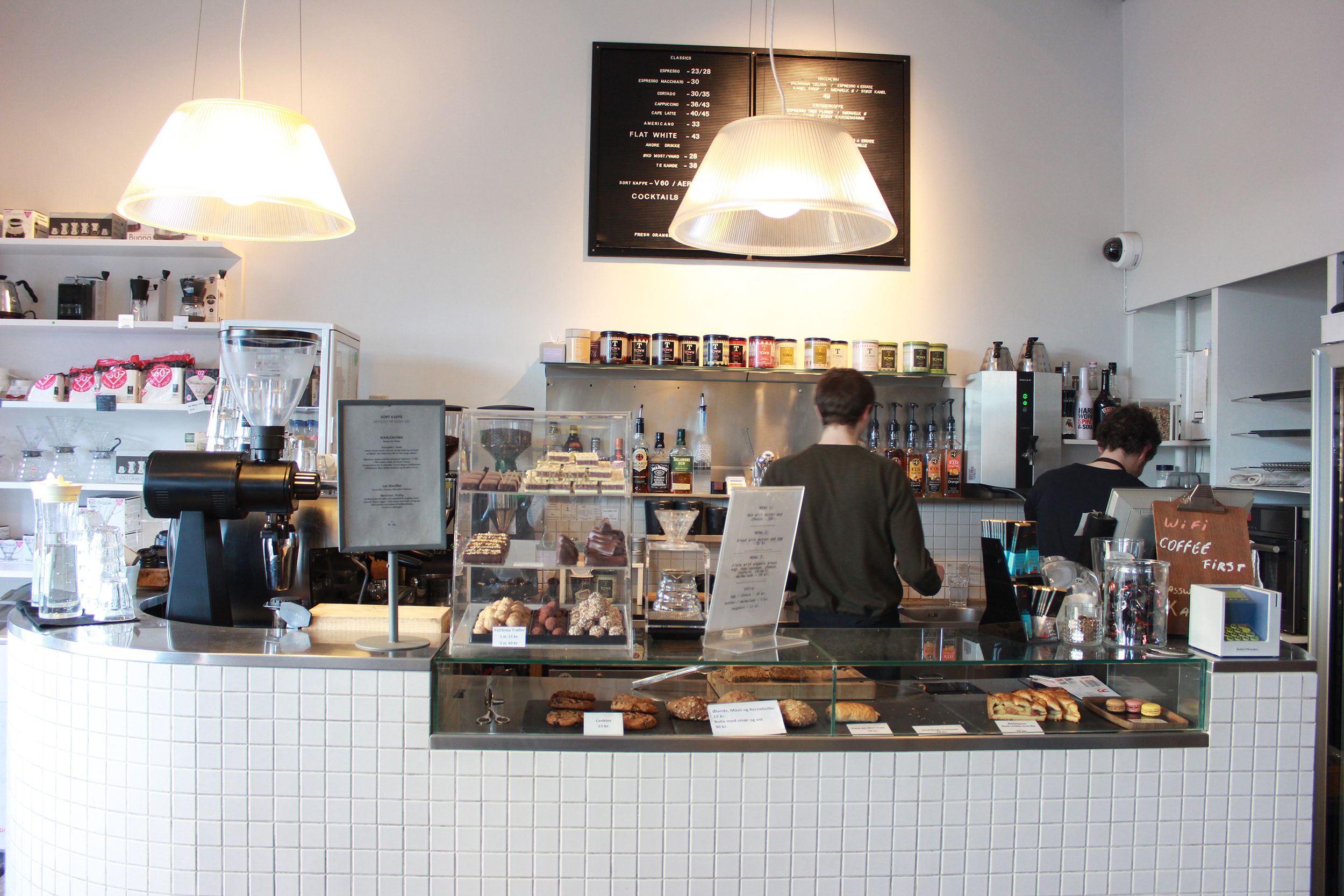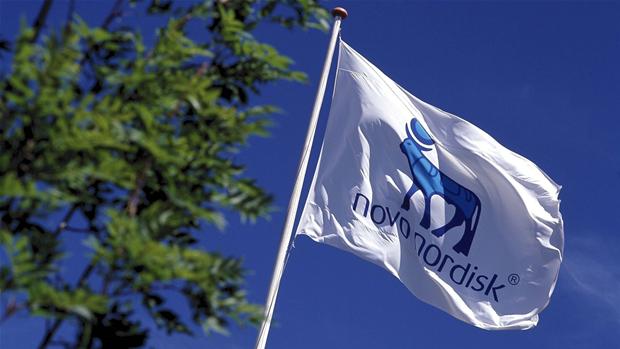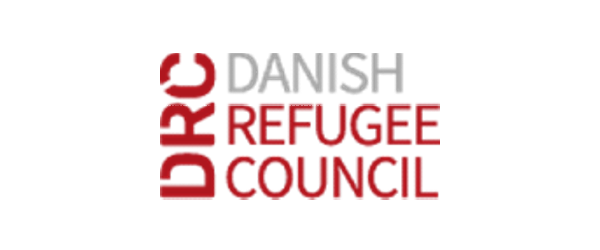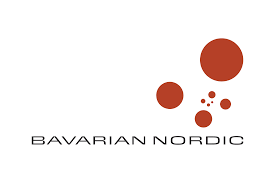Some 26 percent of board members at major publicly-listed companies in Denmark are now female, according to research carried out by Dansk Industri (DI), the confederation of Danish industry – a steep increase from 8 percent in 2008. The EU average is 23 percent.
The proportion on all listed company boards is slightly lower at 20.1 percent, of which 79 percent are elected and the remainder are employee board members.
According to DI figures in 2015, 12 percent of CEOs at companies with over 50 employees are female, according to a survey of close to 3,000 companies. In 2004, the figure stood at 7 percent.
While the proportion of female executive directors rose from 14 percent in 2002 to 21 percent in 2015.
Helle got it right
Charlotte Rønhof, a board member at DI, credited Helle Thorning-Schmidt’s government for setting targets for the percentage of women on boards in 2013, and also charging companies with prioritising the recruitment and development of female leadership talent.
“We have positive experiences with Denmark’s legislation on the matter, which allows the individual company to recruit and develop leadership talent that suits their specific conditions,” she said.
Not working in Norway
Nina Smith, an economist at the University of Aarhus, commended the Thorning-Schmidt administration for not following Norway’s lead and introducing quotas for female board members.
“By looking at Norway, we know that quotas alone do not get more women into the food chain of the boards, which exists precisely within management,” she told DI.
“It is crucial that the culture changes, both at the companies and among women themselves. This requires a general change in behaviour, and that’s what we’re beginning to see now because we’ve managed to get companies to take an interest in the area rather than simply fulfilling a given quota.”
Minister approves
It was a view shared by the minister for equal opportunities and Nordic co-operation, Karen Ellemann.
“As the new minister in the area, I would like to make it clear that the best defence against force in the form of quotas is to demonstrate that companies seek diversity on their own,” she told DI.
“We see that happening now, and when the largest companies have doubled the number of women on their boards, it gives us reason to believe that the smaller ones will follow too.”
EU wants quotas
However, the EU continues to pursue an agenda to introduce quotas – plans that many of its member states have so far successfully opposed.
“The government’s position is clear. We are against quotas. There are limits to what we as politicians should get involved with in companies, and we can see that they are taking action on their own,” said Ellemann.







